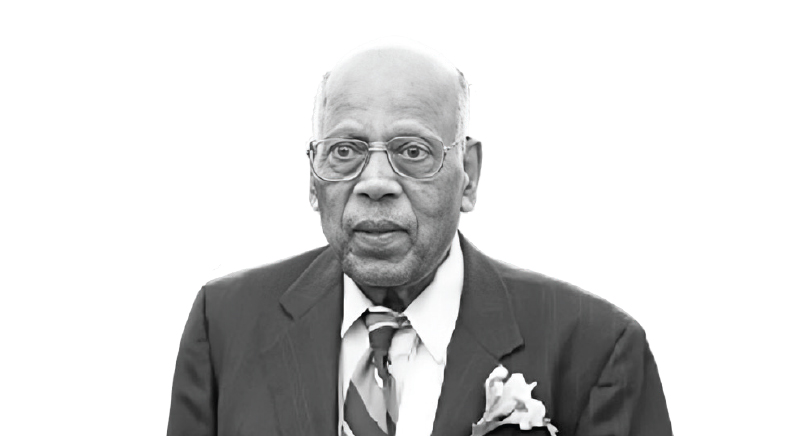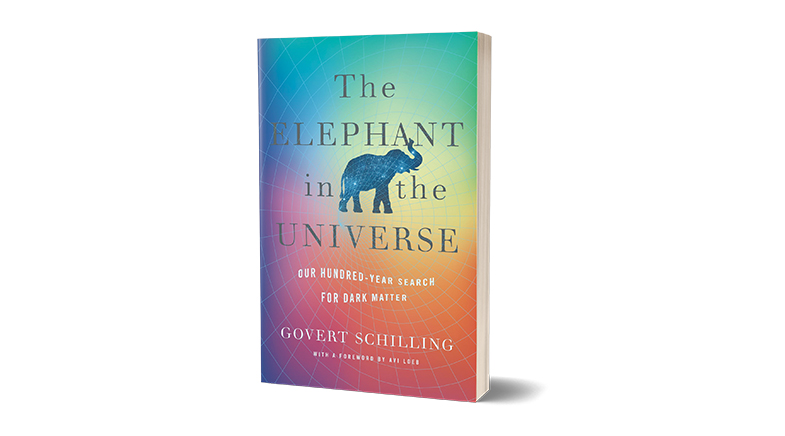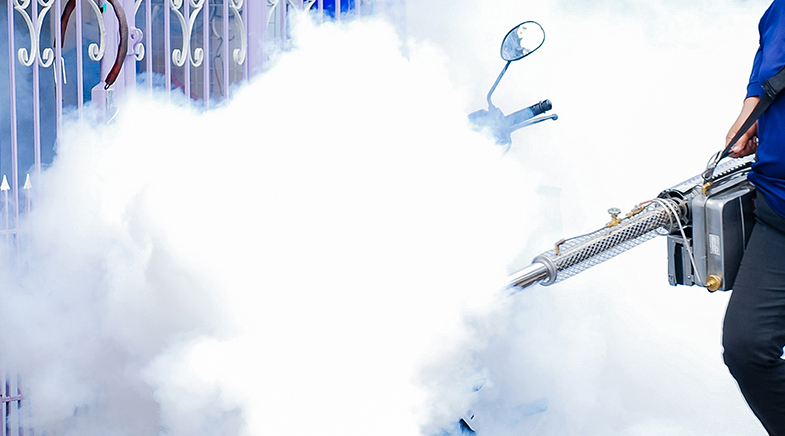It can seal and heal
-
- from Shaastra :: vol 03 issue 02 :: Mar 2024

Chitosan emerges as a game changer in treating emergency trauma in patients on anticoagulation treatment.
Chitosan, a bio-based material derived from the shell of crustaceans, is used regularly to stop bleeding, specially from traumatic injuries. New research now shows that this material triggers the activation of a pathway, called TLR-2 (Toll-like receptor 2), to aid clotting. Since this pathway is different from the one that anticoagulation medications like heparin and aspirin target, chitosan is effective even on patients who are prescribed anticoagulants or blood thinners.
With a rising incidence of lifestyle diseases, and subsequently, a rising population on blood thinners, chitosan emerges as the first aid of choice to treat patients of trauma. While patients on blood thinners are weaned off medication before planned surgical procedures, they are more vulnerable to haemorrhagic deaths than the general population in case of trauma.
A paper published recently in PNAS (bit.ly/chitosan -haemostat) explains the molecular mechanism behind designing a chitosan-based haemostat pad. The researchers note that chitosan stops bleeding in two ways. First, its positive charge attracts the negatively charged blood components like platelets and fibrinogens, facilitating clotting independent of the physiological clotting mechanism. Second, they discovered the activation of the TLR-2 pathway. This discovery makes chitosan a game changer in the treatment of bleeding.
Furthermore, the efficacy of chitosan improves vastly when the wound-healing pad is architecturally designed, as compared to merely being impregnated with chitosan powder.
The research focused on Axiostat, a sponge-like chitosan pad developed by bio-engineer Leo Mavely. The product has been in the market for several years. Mavely designed the chitosan scaffold with spherical pores to trap the flowing blood more efficiently. The researchers rated this design best when compared with powdered chitosan or a scaffold with pores in other shapes and sizes.
The efficacy of chitosan improves when the wound-healing pad is architecturally designed.
"We had anecdotal evidence of its efficacy, but we did not know that the chitosan could activate a clotting cascade even in the presence of anticoagulants," said Mavely. Axiostat has U.S. FDA clearance for several uses, including surgical, and is supplied to battlefields around the world. "The new understanding will help us design products more knowledgably," says Mavely (see: bit.ly/shaastra-Mavely).
The researchers conducted a study on 50 patients undergoing radial artery catheterisation, on whom this chitosan pad proved a quicker (within nine minutes, even for patients on blood thinners) and convenient method of achieving haemostasis than using physical compression, which can take up to two hours.
"When presenting a research that combines engineering, medicine and science, we need a huge amount of experimentation to prove our findings," says co-author R.A. Mashelkar of the National Chemical Laboratories in Pune.
Nanobioscience researcher Vandana Ghormade of Pune's Agharkar Research Institute commended the design of the chitosan scaffold, which was inspired by alveolar architecture.
Have a
story idea?
Tell us.
Do you have a recent research paper or an idea for a science/technology-themed article that you'd like to tell us about?
GET IN TOUCH














